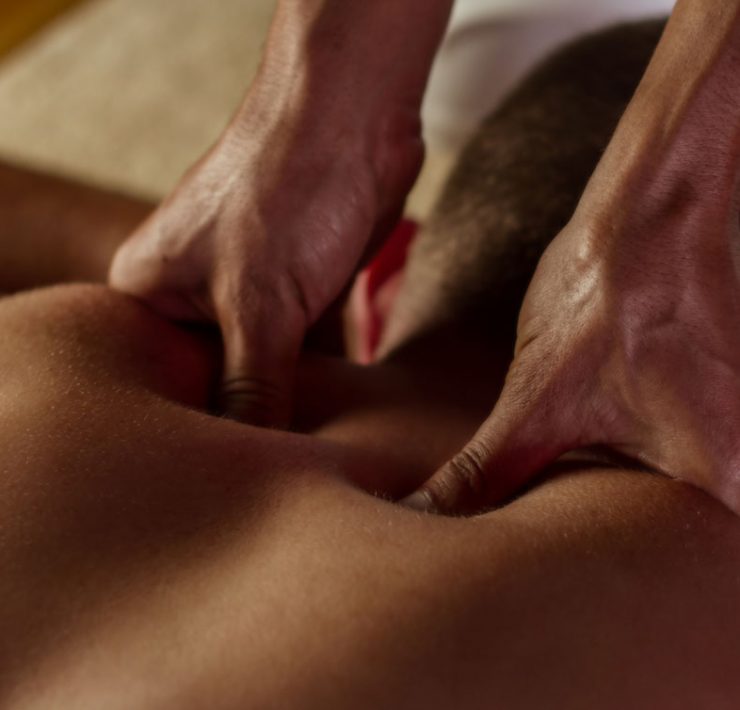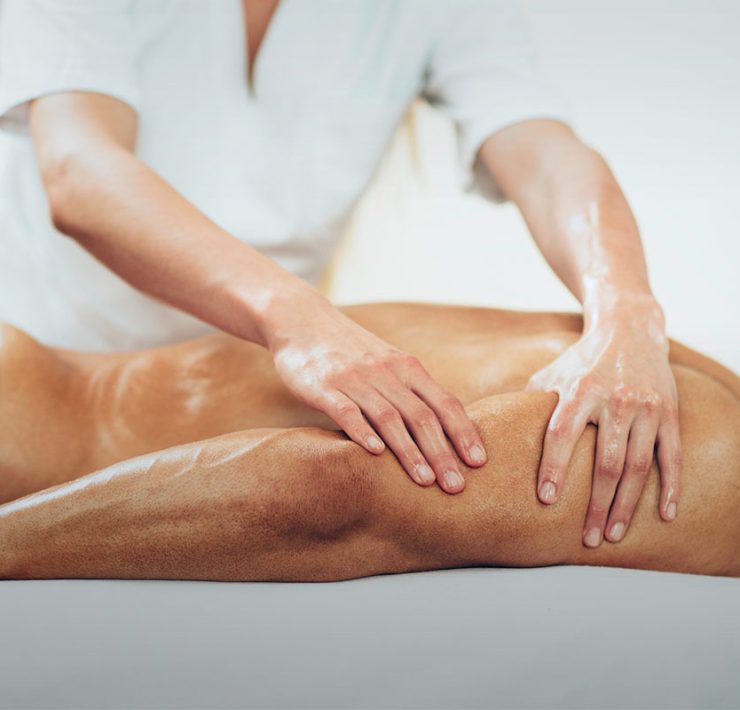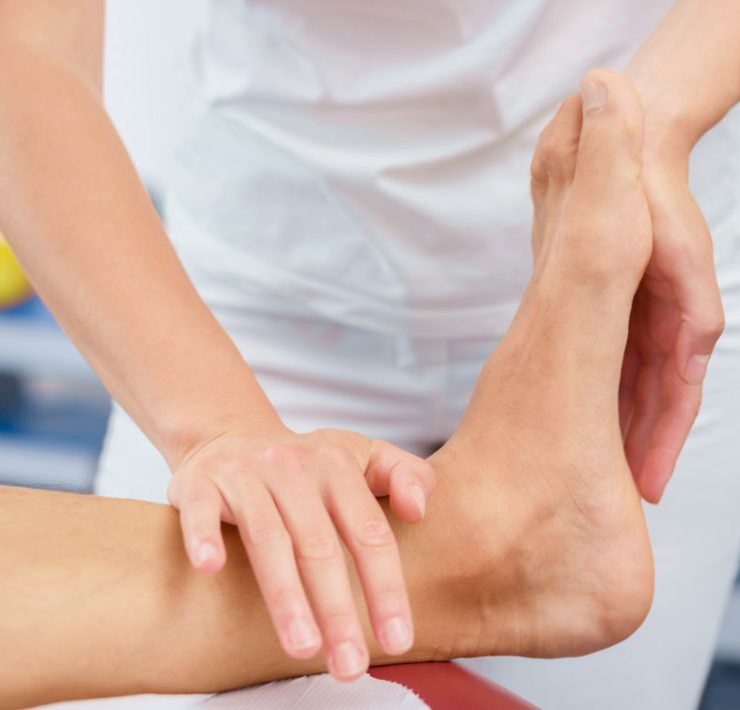Deep tissue massage is a popular and effective way to decrease pain and restore movement in cramped muscles and joints. If you have chronic pain, muscle spasm, are recovering from an injury, or are dealing with repetitive use strain, deep tissue massage may your first choice. Your massage therapist will use concentrated slow strokes to increase blood flow, release areas where the muscle and fascia may be “stuck” to each other, and restore normal muscle tone. Freed from restriction and well-nourished with oxygen and nutrients from the better blood supply, your muscles can resume normal activity.
There are dozens of different techniques that are considered deep tissue massage, including myofascial release, Active Release Technique, neuromuscular therapy, and trigger point therapy.
It’s about the “how,” not the “where”
Deep tissue massage engages muscle and fascia at a level of intensity that is different from traditional Swedish massage, so the term “deep” refers to the technique, not the location of the muscle. The massage therapist wants to work deeply into the tissue to find the areas that need attention. Slow, focused strokes explore the muscle, tendons, and fascia, and allow the tissue to adapt to the pressure.
Many massage therapists describe the process as “listening” to the muscle.
If your therapist finds an area that needs work in the muscle or tendon itself, he or she will use petrissage or friction to open up the tissue, increase blood flow, and flush out waste products. Fascia will also respond to the pressure and movement by softening and stretching; if there are areas of adhesion between the fascia and muscle, the deep work will help release these “stuck” areas. Many massage therapists describe the process as “listening” to the muscle.
Communication is everything
Getting a deep tissue massage is not the time to rely on your “ouch!” facial expression to communicate discomfort. The more honest you are with your feedback, the more effective the massage will be. Deep tissue is not a “no pain, no gain,” technique. Your therapist depends on your comments to adjust depth and pressure for the best result.
Too little pressure and the tissue may not respond; too much pressure and the muscle may contract against the pain and be more difficult for the therapist to engage.
The emotional factor during a deep tissue massage
It’s not unusual for clients to experience emotional reactions to deep tissue work. Researcher and neuropharmacologist Candace Pert, Ph.D. written about this phenomenon in various books and articles. She states that massage, meditation, and other practices can cause the production of chemicals that trigger memories and emotional release. Massage therapists are trained to stay present and non-judgmental during an emotional episode and to maintain a safe space for the client’s reaction.
Above and beyond massage therapy
Is it normal for a deep tissue session to result in bruises? Maybe. Depending on whether you bruise easily, as well as your overall health, muscle tone, diet, and even the recent use of aspirin before a massage, bruising may happen. This is one of the prime reasons for thorough and effective communication between you and your massage therapist during deep work.
Whether or not you spot a bruise or two post-massage, self-care is vital to supporting the ongoing effect of the massage. Your massage therapist may recommend cold or ice application, bruise remedies such as Arnica, or over-the-counter topical analgesics (like China Gel or Tiger Balm). Resting the affected area for a short period of time is also helpful in giving the tissue time to recover and regain function.
Eliminating pain and restoring normal unrestricted movement to muscles and joints doesn’t usually happen within a single treatment.
Remember that it took a long period of muscle overuse or a serious injury to generate dysfunction in muscles and tendons. Eliminating pain and restoring normal unrestricted movement to muscles and joints doesn’t usually happen within a single treatment. You may need multiple massages to get the complete relief you’re searching for. Don’t hesitate to talk to your massage therapist for advice on a treatment plan that is the best for you.
Read more: Is Massage Good for Tennis Elbow and Golfer’s Elbow?
Robin Jillson has been studying and teaching massage and bodywork since 1990. Starting with a certification in Foot Reflexology, Robin graduated from New York’s Swedish Institute, and pursued further studies in bodywork and energy work. She discovered a passion for teaching and eventually became an instructor and Director of Education for Healing Hands Institute in Westwood, New Jersey. In her spare time, Robin wrote a massage therapy curriculum published by Pearson Education, performed textbook review for Elsevier Publishing, and consulted on adult education topics. She is licensed as a massage therapist in both New York and Florida.








